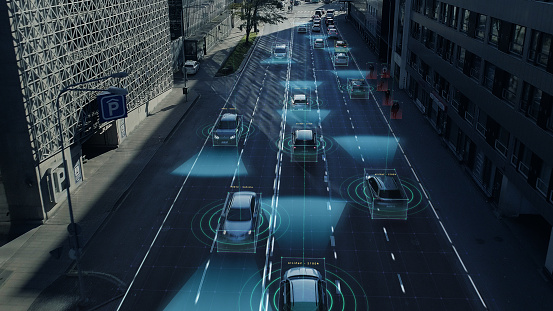July 9, 2025
Vietnam Unlikely to Embrace American SUVs Despite New Trade Deal

Ho Chi Minh City, still fondly referred to as Saigon by many locals, presents a stark contrast to American cities with its bustling, narrow streets and throngs of motorcycles navigating the dense traffic. This vivid urban tapestry highlights why the recent U.S.-Vietnam trade deal, which anticipates introducing large American SUVs to the Vietnamese market, might not align with local transportation realities.
The city’s unique flow and the prevalent use of motorcycles for everything from daily commutes to transporting improbable loads — like half a dozen 50-gallon drums — underscore a transportation culture deeply rooted in practicality and necessity rather than luxury. The sight of entire families balancing on single motorcycles is common, and the agility these two-wheeled vehicles offer is essential for weaving through the city's perpetual traffic.
President Donald Trump, in announcing the trade deal, optimistically predicted that American SUVs, or "Large Engine Vehicles" as they are also known, would find a new market in Vietnam. However, the economic landscape tells a different story. With the average monthly income in Vietnam hovering around $697, the price tag on American vehicles, which averages around $48,000, seems prohibitively expensive.
Moreover, the deal stipulates a 0% tariff on U.S. goods entering Vietnam, with a 20% tariff on Vietnamese imports to the U.S., and a 40% levy on third-country goods passing through Vietnam. These conditions aim to boost U.S. exports but may not necessarily make expensive SUVs appealing to the average Vietnamese consumer.
The Vietnamese automotive market has adapted to its environment with vehicles that are affordable, fuel-efficient, and suitable for the local driving culture. The introduction of bulky, fuel-intensive SUVs is unlikely to disrupt this balance, especially when local manufacturers are already meeting market needs effectively.
In conclusion, while the trade deal presents an opportunity to explore new markets, the distinctive characteristics of Vietnam's traffic and economic conditions suggest that the American SUV might not roar down Vietnamese streets anytime soon. If anything, it’s a reminder of the vast differences in lifestyle and consumer preferences between the two nations, casting doubt on the potential success of such an automotive exchange in Vietnam's already crowded and bustling streets.